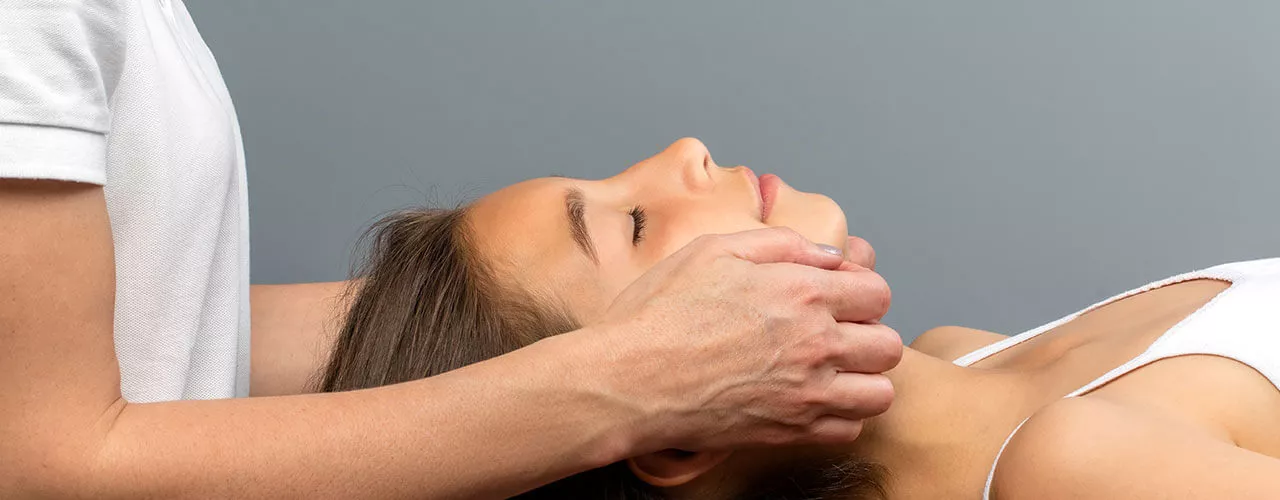
If your TMJ pain progresses and isn’t improving, TMJ physical therapy is something patients can consider. Physical therapy for TMJ disorders can involve a number of treatments including heat/cold therapy, transcutaneous electrical nerve stimulation and massage. Stretching and relaxing exercises are usually combined with the treatment to further improve results.
If you do suffer from TMJ pain, it may be a good idea to see a physical therapist to learn what exercises can best help you and to learn how to properly perform them. In the meantime, the following are examples of exercises that might be part of TMJ physical therapy. As always it is advised to not perform any exercises without proper supervision or before speaking to a professional about it.
1. Rocabado’s 6×6 Exercise Routine
As a paper published in 2014 in the Journal of Manual and Manipulative Therapy points out, Rocabado’s 6×6 exercises are some of the most well-known physical therapy exercises for TMJ pain. The program involves performing a series of six exercises, six times daily. The exercises include:
- Rest position of the tongue: Place the tip of the tongue (top third) on the upper palate of the mouth, putting gentle pressure on the palate. Doing so helps your tongue and jaw relax and improves breathing.
- Control of TMJ rotation: Open and close the jaw while keeping the tip of the tongue pressed to the palate.
- Rhythmic stabilization technique: Open and close the jaw while the tongue pressed to the palate and place two fingers on the chin.
- Axial extension of the neck: Lift and lower the chin, as if nodding the head.
- Shoulder posture: Squeeze the shoulder blades together while lifting and lower the chest.
- Stabilized head flection: Bring your chin toward your neck (creating a “double chin”), then push it out again.
2. Kraus’ TMJ Exercises
Physical therapist Steve Kraus designed a series of exercises to help patients with TMJ disorder. The goal of his series of exercises is to limit the activity of the muscles responsible for chewing. The exercises include:
- Tongue position at rest: Place the tip of the tongue on the palate, just behind the front teeth.
- Teeth apart: Keep the teeth apart to help the jaw relax.
- Nasal-diaphragmatic breathing: Breathe through the nose to help better position the teeth and tongue.
- Tongue up and wiggle: Place the tongue to the palate, then move the jaw from side to side.
- Strengthening: Place a stack of tongue depressors between the top and bottom rows of teeth. The number of tongue depressors used will depend on the size of the opening between your upper and lower rows of teeth. You want enough to give your jaw a good stretch. Hold the stretch for up to five minutes a few times per day.
- Touch and bite: Place an index finger on an upper canine tooth, then try to bite the finger. Repeat five to 10 times, up to eight times a day.
While physical therapy exercises can help relieve any pain and discomfort you’re experiencing due to a TMD, performing the exercises correctly is essential for the improvement of the problem. If you do have persistent TMJ pain, schedule an appointment with a physical therapist. He or she can show you how to perform a variety of exercises and recommend specific treatments to help relieve your pain.




